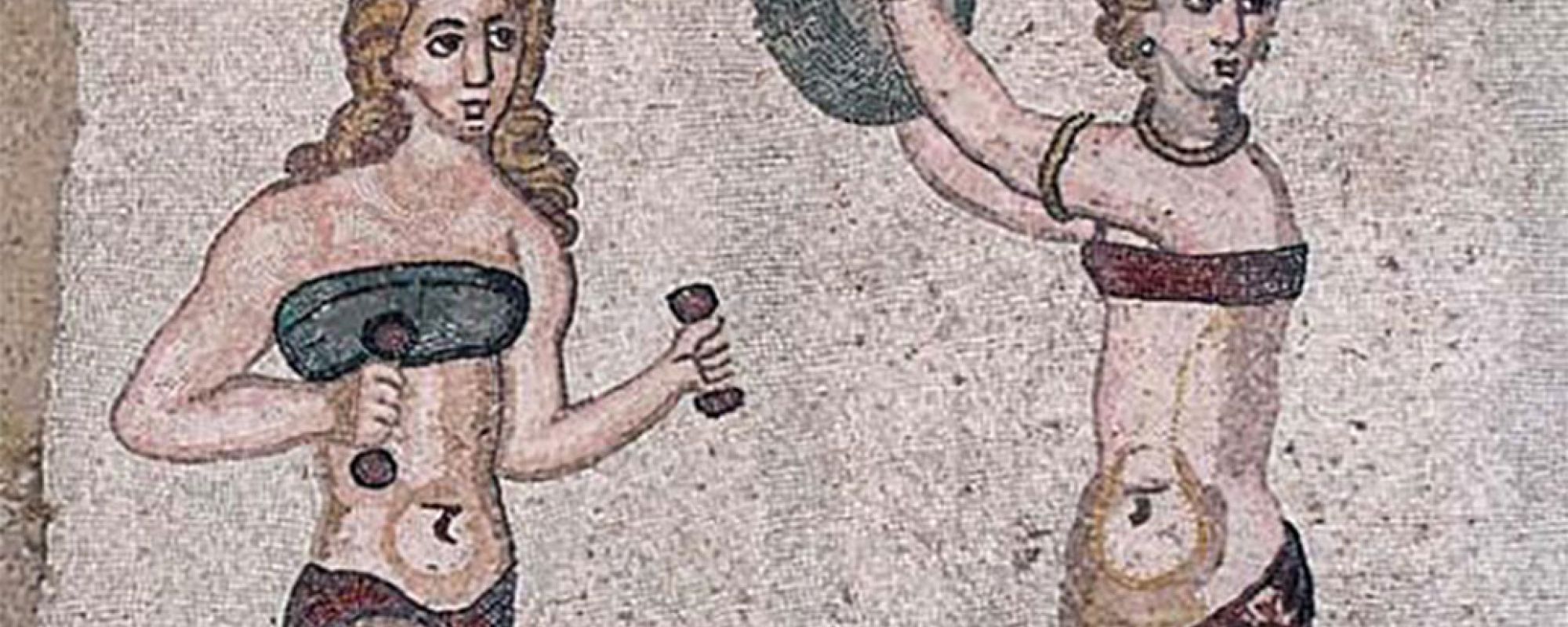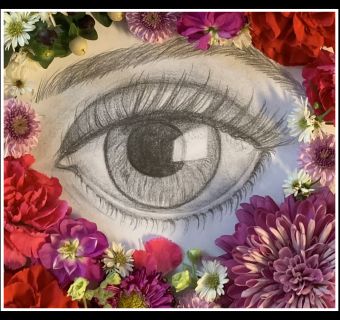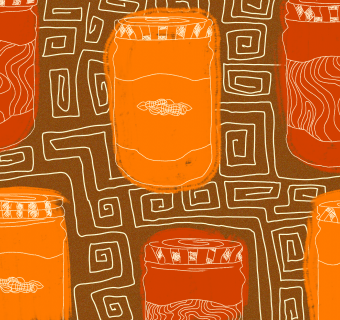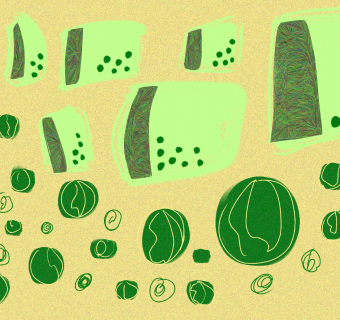Women in Bikinis. Not exactly the first thing one thinks of when talking about the empowerment of women through sports. It was, however, the inspiration behind artist Angela Lorenz’s exhibit Victorious Secret-Noticing Elite Sports for Women, 300 A.D. Lorenz’s collection commemorates the 40th anniversary of the passing of Title IX, a historic piece of legislation that prohibited discrimination based on gender in sports and education. Inspired by an Ancient Roman mosaic originally understood to portray Ancient Roman women dressed in bikinis and holding instruments, Lorenz’s depiction reveals the true context of the piece: an athletic competition celebrating the strength and athletic vigor of Ancient Roman women. The artist’s interpretation allows the viewer to focus his or herattention not on what the women are wearing but on the athletic and competitive backdrop of the exhibit. We sat down with Lorenz to discuss her inspiration for Victorious Secret and her mission to change the way women are viewed in art and society.
 What inspired you to create Victorious Secret? What motivated you to makean art piece influenced by women and sports?
What inspired you to create Victorious Secret? What motivated you to makean art piece influenced by women and sports?
Victorious Secret came about through a couple different projects. I thought I was going to do a watercolor of Ancient mosaics, but make them into my own narrative. At the same time, I had done a number of different works involving buttons. My daughter’s friend’s parents were incredible archaeologists, and I got to talking about the specific mosaics in Victorious Secret. Her mother, Isabella Baldini Lippolia explained to me, [The Women in Bikinis are] competing in athletic competitions; they are holding the prizes from these competitions. It depicts the five events of the pentathlon.” This was different from the information I had attained from my own research prior to my talking with her. I like to learn from others and circulate their very interesting and important findings through my visual art.
In completing this particular work, what did you hope to accomplish? What did you want people to understand from the art?
I think people should get something from art, pleasure or emotion. The art that I create hopefully has some kind of appeal that can stimulate people and draw them in, whether or not they learn from the research or the ideas that I’m disseminating. I think that the bikinis draw people in, and using these unusual materials, like the buttons and hair pins, have a conceptual purpose and hopefully create curiosity. You can think about these images in two ways. One is that you can merely celebrate the fact that 2000 years ago the most prestigious Roman families had goals for their daughters to participate in international athletic events. Roman families could gain status from having their daughters compete, and that is something to be appreciated. The other way you can look at it is that it is sad that these images, which are some of the most famous Roman mosaics in the entire world, are now famous for what these women are wearing, and not what they are doing. I’m refocusing the gaze by laying rectangles over their athletic equipment and their prizes. I’m giving people a new opportunity to look at this work by the way that I’ve framed it.
 What role did art play in your understanding of societal gender roles throughout history?
What role did art play in your understanding of societal gender roles throughout history?
Art is a wonderful way to explore gender roles. When we look at art throughout history, females seem male and males seem female. The clothes are all over the map. The roles of what these artistic figures are doing, I mean you have women riding horses, a sign of prestige, and you have men that are doing things that look so typically feminine. I love that things are much more gender fluid in both the activities of the past and in clothing and physical adornment than what people take stock of today. When people look at this vast accumulation of images of humans from art throughout history, it’s in stark contrast for how we dress today or how we act today.
How does Title IX play its part in this piece?
This piece is dedicated to a law, and not that many works of art are dedicated to laws. I would like Title IX to be celebrated by this art, and I would like this work to circulate until the 50th anniversary of Title IX in 2022. We can focus on the negative and how women are so often gaining attention for their appearance as opposed to their achievements and their strengths, or we can focus on the positive message, which no historian or archeologist can debate.
Why bring this to the University of Virginia?
This is a message for anybody, and I love the idea of this piece circulating to universities in particular where you have young students and athletes. They might not necessarily walk into the art museums on campus, so I make an effort to put them in the path of students and athletes. It’s appropriate for any university, and it’s not specific to UVA in particular, but it has been incredibly embraced by UVA. Several different departments have come together to support this. The fact that it’s in a building on Grounds where people are constantly moving in and out of helps it to spark conversation about gender and sports.
Victorious Secret-Noticing Elite Sports for Women, 300 A.D will run from August 24 to September 26 in the Campbell Hall East Wing Gallery. To find out more about the project and the artist Angela Lorenz, you can visit the exhibit’s blog at sharethevictorioussecret.wordpress.com.








